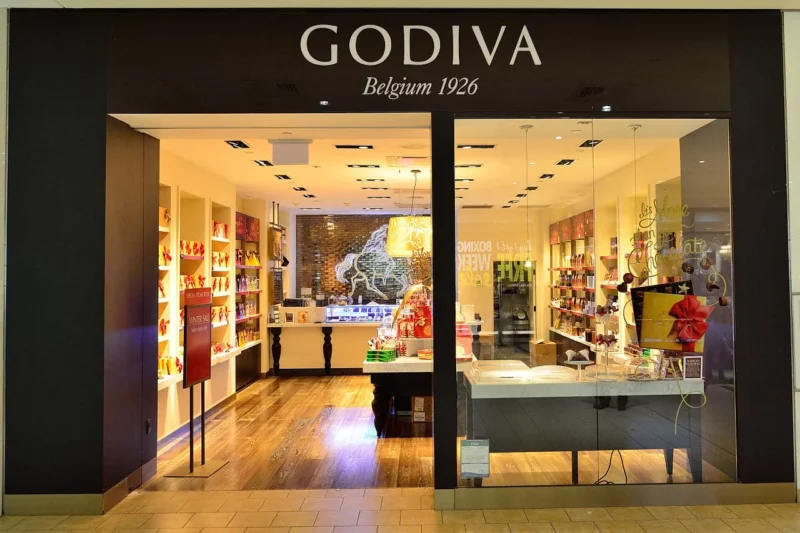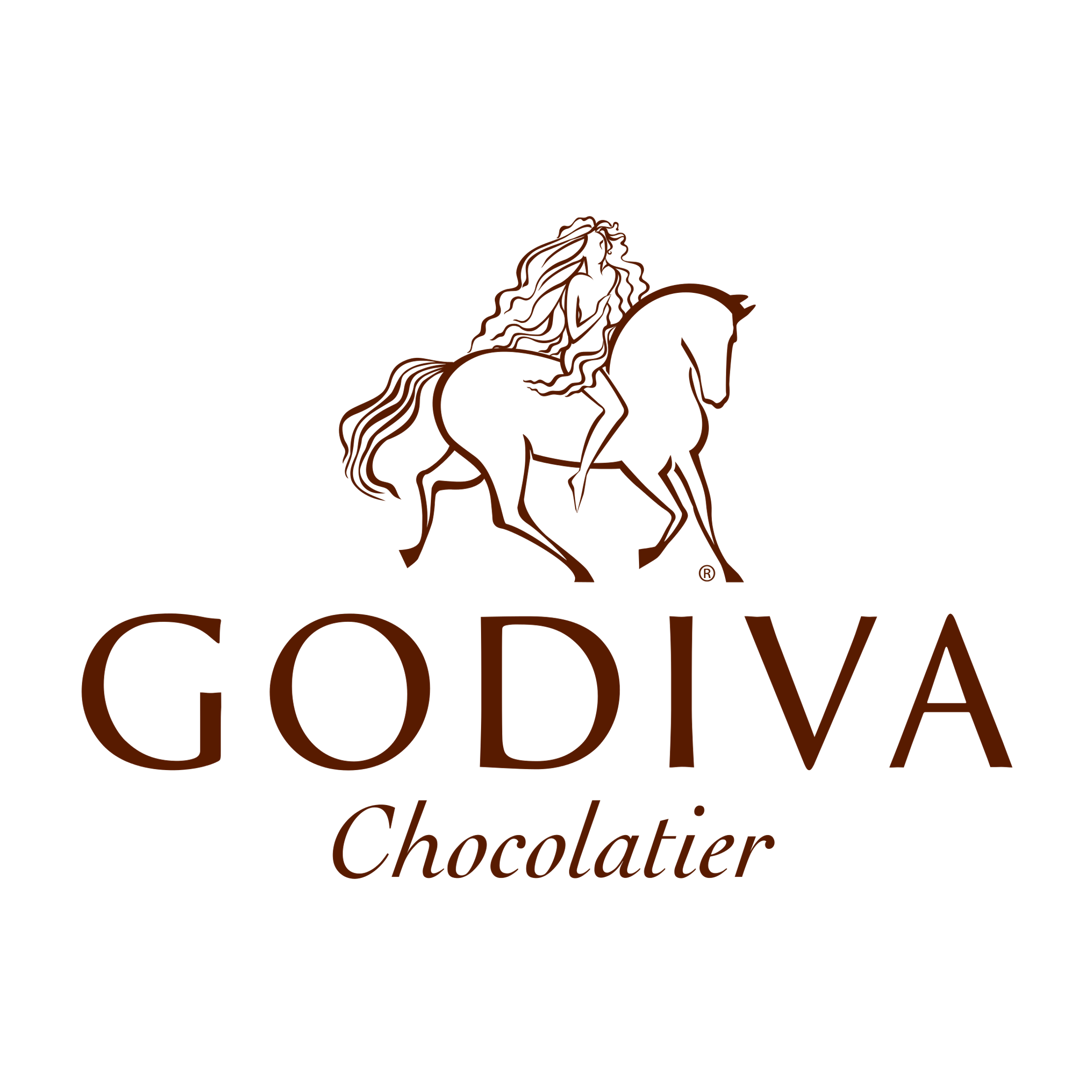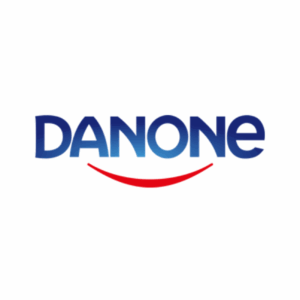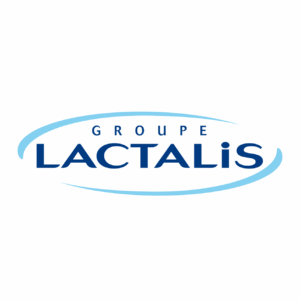Introduction to Godiva
Godiva, the iconic Belgian chocolate brand, has a rich 90-year heritage. Founded in 1926 by Joseph Draps, Godiva is renowned for its premium, artisanal confections made with the finest quality ingredients.
Rooted in a tradition of excellence, Godiva sources its cocoa beans from the world’s premier growing regions. The brand’s master chocolatiers are also known for their innovative approach, constantly pushing the boundaries of flavor and texture.
From its iconic gold gift boxes to signature assortments, Godiva has cultivated a reputation for luxury and indulgence. The company’s commitment to craftsmanship and delivering an exceptional chocolate experience has solidified its position as a leader in the premium chocolate market.
Despite its global reach, Godiva remains dedicated to its Belgian heritage and artisanal roots. As the brand continues to evolve, its legacy as a symbol of quality and exclusivity in the world of chocolate endures.
Unparalleled Belgium Heritage Since 1926

Criteria
Carbon footprint, High
Godiva has committed to setting a “Carbon Footprint Commitment” as part of its sustainability strategy, but details on specific targets and initiatives remain limited. The company’s estimated carbon footprint for one product is 5.06 kg CO2e/kg.
However, the company’s sustainability reporting focuses more on traceability and responsible sourcing of its cocoa supply.
Ecological Impact, High
Godiva has committed to 100% traceability to the farm level for its cocoa supply by 2025. The company is also working with partners like the Earthworm Foundation to implement deforestation monitoring and child labor remediation programs in its supply chain.
Energy Consumption, High
While Godiva has made some progress in improving the traceability and responsible sourcing of its cocoa supply, its sustainability reporting seems to focus more on social impact rather than environmental performance metrics.
There is no mention of Godiva’s own energy consumption or initiatives to reduce the carbon footprint of its operations.
Freight Density, Low
Based on the available information, Godiva does not appear to have made any significant efforts to optimize the freight density of its chocolate transportation and distribution.
Recycling Rates, medium
Godiva’s sustainability reporting and available information do not provide detailed insights into the company’s recycling rates or initiatives to improve the recyclability of its packaging and products.
The search results indicate that Godiva has made some efforts to reduce the environmental impact of its packaging.
For example, the company has switched from an imported specialty paper to a foil metallic coated paper for its gift boxes, which has allowed Godiva to trim more than 30% of its printing costs.
This new paper is also more recyclable, as the waste trim can now be recycled as regular SBS (solid bleached sulfate) board, rather than going into the waste stream as foil.
Saving Levels, high Initiatives in Saving Levels:
Godiva is dedicated to optimizing saving levels throughout its supply chain, with a focus on waste reduction, resource conservation, and efficiency promotion.
- Waste Reduction Strategies: Godiva implements innovative strategies to minimize its environmental footprint by reducing both pre-consumer and post-consumer waste. This includes optimizing packaging designs and enhancing recycling capabilities across its facilities.
- Efficient Resource Management: Efficient resource management is key to Godiva’s sustainability efforts. The company invests in state-of-the-art technologies to optimize energy, water, and raw material utilization, maintaining operational excellence while minimizing environmental impact.
- Collaboration and Innovation: Recognizing the importance of collaboration and innovation, Godiva collaborates with stakeholders to drive positive change throughout its value chain. By fostering a culture of innovation and sustainability, the company continuously seeks opportunities for improvement.
- Consumer Education and Engagement: Godiva is committed to raising consumer awareness about sustainability through targeted marketing campaigns and educational initiatives. By empowering consumers to make informed choices, the company promotes sustainable consumption habits and inspires positive change.
Specific Product Monitoring, High
One of the key pillars of Godiva’s approach is its rigorous quality control processes. Each batch of chocolate is meticulously inspected at multiple stages of production, from the sourcing of raw ingredients to the final packaging. This allows the company to identify and address any potential issues before the products reach consumers.
Supply Chain Waste, low
Godiva’s efforts to minimize waste within its supply chain are not well-documented. More transparency on waste reduction strategies and circular economy principles would provide clarity on the company’s efforts to minimize waste generation and enhance resource efficiency.
Sustainability Scorecards, low
In the latest Chocolate Scorecard published by advocacy groups like Mighty Earth and Green America, Godiva received a “Rotten Egg” rating, indicating it is “well behind industry standards” on metrics such as traceability, living incomes for farmers, and eliminating child and forced labor.
Water Management, medium
The company does not provide any insights into Godiva’s own water management. However, Godiva recently started to do small actions such as providing free water stations at its festival events. which allows attendees to refill their water bottles.
Conclusion
In short, Godiva chocolates are known for their luxury and quality.
While they’re working to trace where their cocoa comes from and reduce waste, they need to do more to save energy, manage water better, and improve how they transport their chocolates.
By focusing more on these areas, Godiva can become an even better company, known not just for delicious chocolates, but also for caring about the environment.
Related to other brands
Number of criteria met by each brand:
- Tony’s Chocolonely 4.75/5.00
- Ferrero 4.00/5.00
- Nestlé 3.50/5.00
- Godiva 3.25/5.00
ESCP Business School Team
Research developed by five curious international ESCP Business School students who have worked together to successfully complete their consulting project. They analysed four brands in four different categories -20 brands: sneakers, pod coffee, jeans, makeup, and chocolate, according to 10 environmental criteria.
- Amélie Zeck – Sneaker industry analyst
- Manon Droisier – Jeans industry analyst
- Giorgia Casale – Makeup industry analyst
- Amélie Mahon – Chocolate industry analyst
- Capucine Coselli-Vassoille – Pod coffee industry analyst
Sources
- https://www.godiva.com/responsible-cocoa-commitment
- https://www.supplychaindive.com/news/godiva-labor-rights-sustainability-cocoa-supply-chain/575821/
- https://www.supplychaindive.com/news/Mondelez-Ferrero-Godiva-fail-to-address-cocoa-labor-sustainability/ 566075/#:~:text=Mondelez%2C%20Ferrero%20and%20Godiva%20ranked,in%20their%20cocoa%20supply
- %20chains.
- https://www.prnewswire.com/news-releases/godiva-joins-earthworm-foundation-to-promote-sustainable-cha nge-in-the-cocoa-sector-301101636.html





0 Comments